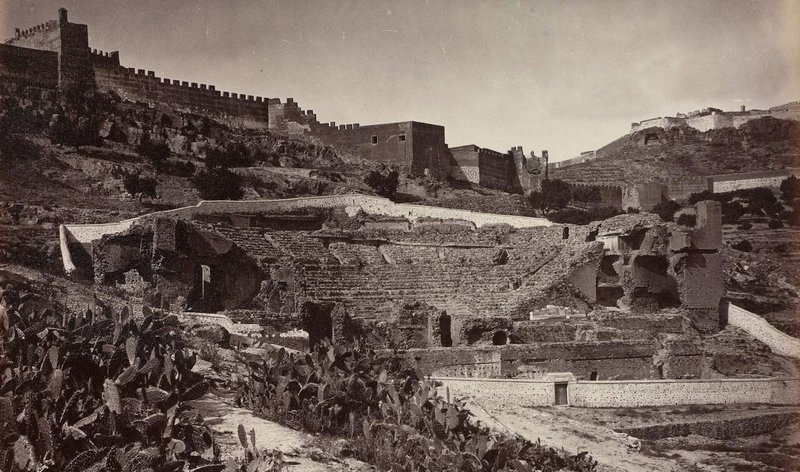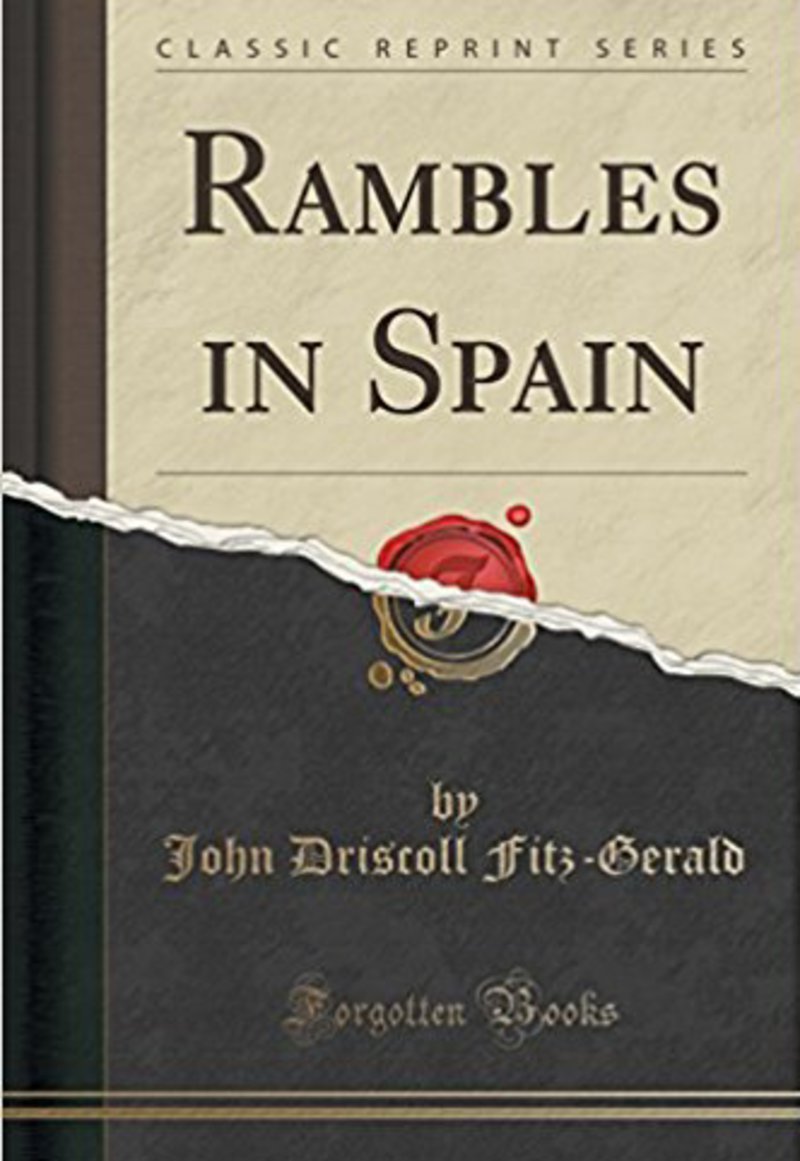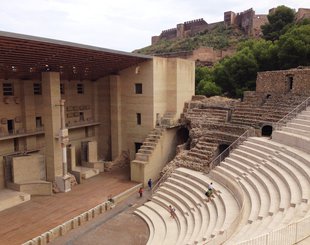Roman grandeur
A renowned American hispanicist is treated to a guided tour of Sagunt's newly restored Roman Theatre
Travellers in Catalan Lands
On leaving the station I made my way direct to the house of the Castellan of the former fortress which crowns the hill and dominates the town. On inquiring about photographs he directed me to the house of the historian of the city, who is also one of its best physicians. I found the house without difficulty and sent in my card. From the reception given me one would have thought me some great potentate, or at least a long-lost friend. We immediately adjourned to his office and he got out his private album of views of the city. Then he showed me his work [...]in two volumes. Both are profusely illustrated. The work was awarded a prize in the Floral Games (Juegos Florales) of the Rat-Penat, which took place in Valencia in 1885. I passed a delightful half-hour and should have been glad to stay longer with the Doctor; but the monuments themselves were calling me, so I hurried back to the house of the Castellan[...]
First we stopped at the old Roman Theater, which lies about halfway up. Few Roman monuments of this kind are as well preserved.As we climbed the hill we first encountered the stage and its adjoining buildings. We ascended an inclined gallery through the foundations of these buildings and emerged on the semi-circular orchestra, or chorus, directly in front of the stage. The latter I mounted in order to take some photographs and myself get a better view of the whole. To my left were some large, cavernous rooms built in the very foundations of the extreme end of the auditorium, and visible only because part of the end had fallen in. Before me lay the curved and concentric rows of the seats of the auditorium. As usual this follows the lines of the hill on which it is located, and the seats (with the exception of the aforesaid extreme ends) are hewn out of the living rock. There are twenty-two of these rows, the lower fourteen being separated from the upper eight by a broad passageway, to which subterranean passages and galleries lead, so that the spectators for the upper seats did not need to disturb those for the lower ones in going to their places. Some authorities say that there were originally four more rows above the highest now to be seen [...]
The view from the theater, both uphill at the fortification walls of the old Roman town, and downhill, at the only less old present town, is very picturesque; while that from the chorus level through the vaulted arches on the right, taking in the cypresses on the distant Calvario is particularly charming.
It was pleasure unalloyed to be able to sit in the breezy shade in one of the time-worn seats, and imagine that I was listening to, and looking at, a performance of the Miles Gloriosus, or the Captivi, or the Amphitruo of Plautus, or the pretty little Andria, or the Phormio of Terence.
After indulging in such day dreams for a while I climbed up to explore the citadel. And what scenes that citadel has witnessed! The present fortifications mark the site of Saguntum, an old Iberian town famous for its unsuccessful resistance to Hannibal in 219 B. C. […] Its former importance was never regained, however, although the Roman remains show that even in the second period it was no mean city.
The Moors, whom the redoubtable Cid drove out temporarily in 1099, knew Sagunto only as Murbiter, which gave it the name Murviedro, by which it was known throughout the Middle Ages, and down to 1877, when the old classical name was restored. The only use the Moors and their successors ever made of the noble remains of this glorious past was to turn them into a quarry. It is a satisfaction to know that the days of such ruthless destruction are now over. The Historical Society of Sagunto has put the remains under lock and key. The ruins and collections are all accessible on request, however, so that any tourist may see them.
[...]The fortress is divided latitudinally by many strong walls (almost as strong as the exterior walls), which cut it up, like the bulkheads of a ship, into several separately defensible parts. The Puerta de Almenara gives one an idea of the doorway in one of these lateral fortifications.
JOHN DRISCOLL FITZGERALD
Pere GifraDuring the first decades of the twentieth century a number of American Hispanists enthusiastically laboured to study, preserve and publicise the artistic and literary heritage of all the Peninsular cultures, including that of the Catalan-speaking territories. One of these was was John Driscoll Fitz-Gerald (1873-1946), a literary scholar from Newark, New Jersey, who specialized above all in medieval literature. Fitz-Gerald obtained his doctorate from Columbia University in 1895 and further studied in Berlin, Paris and Madrid. He played an active role in his professional career, becoming one of the first chairmen of the influential American Association of Teachers of Spanish, founded in 1917. Moreover, he was elected corresponding member of the Royal Spanish Academy and was awarded with the Order of Isabella the Catholic in recognition of his commitment to promote and disseminate the Spanish language and culture abroad. He also published an interesting travel book, Rambles in Spain (1910), in which the selected passage describes an excursion he made from Valencia to Sagunt to contemplate the ruins of the old Roman city. There he was fortunate to listen briefly to the explanations of the local historian Antonio Chabret Fraga. In 1896, not long before his visit, the Roman theater had been declared a National Monument. Where previous travellers had merely seen ruins crumbling into oblivion, Fitz-Gerald found now a grand setting fit for literary ruminations.






